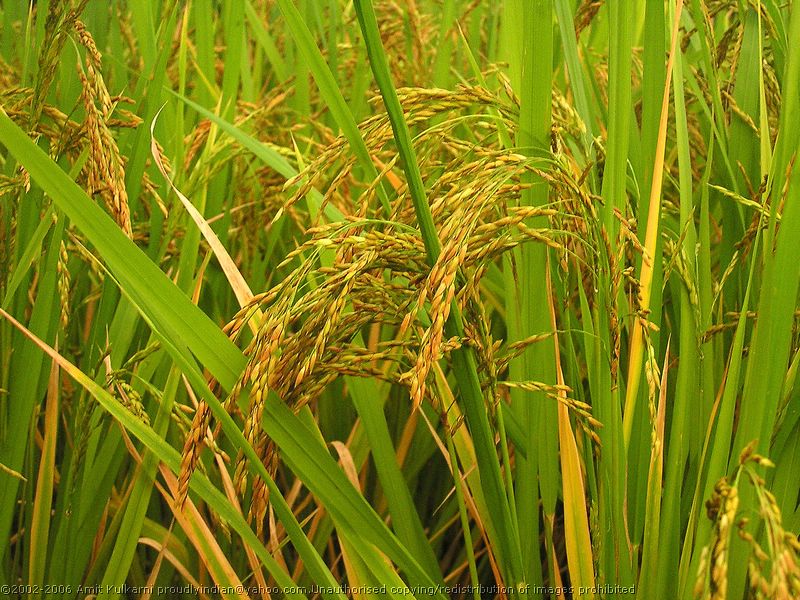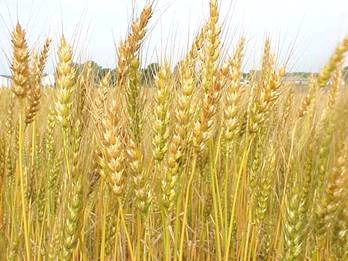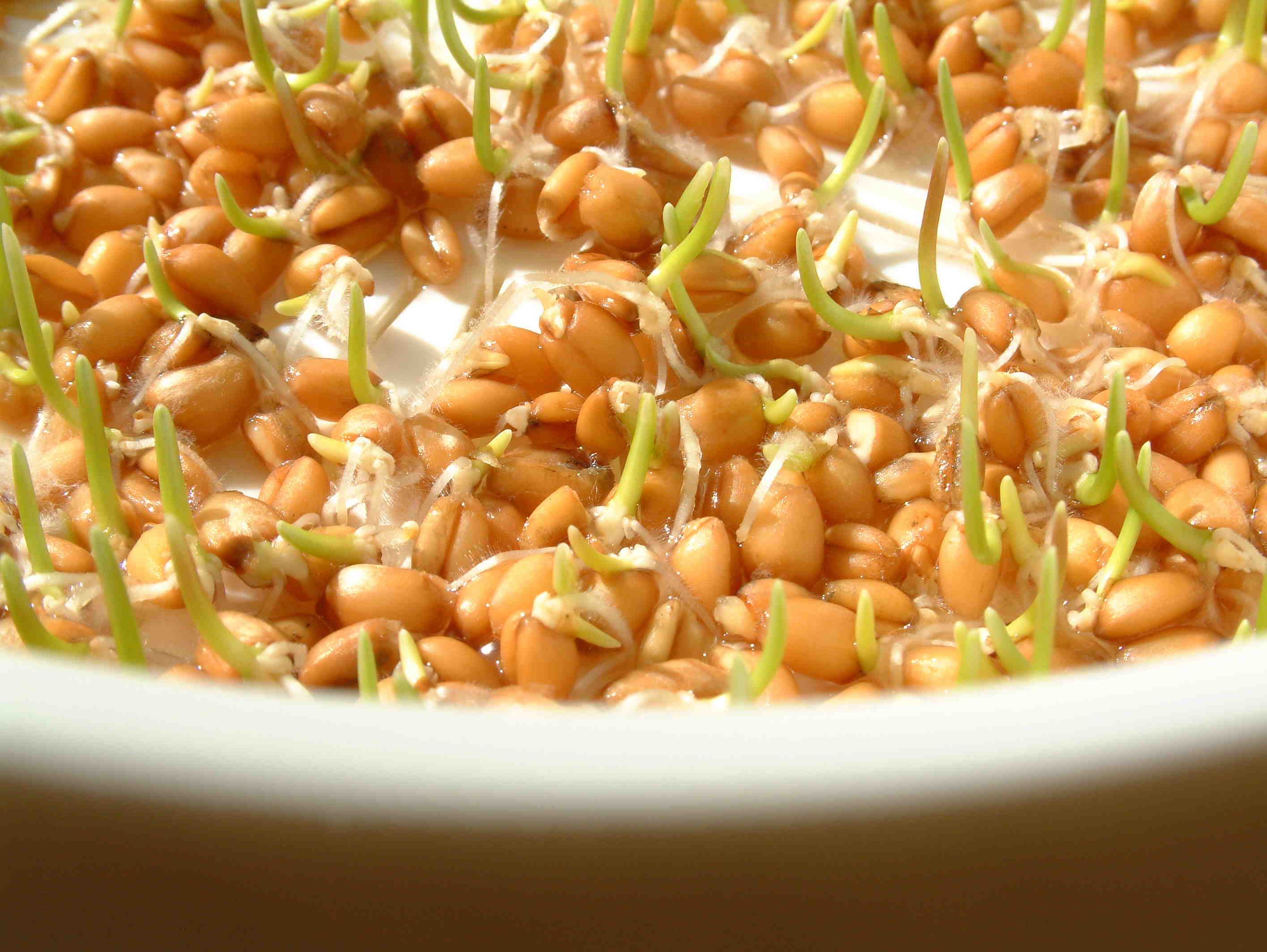|
The Wholefood Diet
Once
we humans were wild, often on the move all day, eating what we could,
when we could – mostly roots stalks leaves fruits and seeds. From
time to time we would have a large animal to share. Occasionally
we would have honey – our only sweet. We could not store food for
long, and had to live where there was an all year round supply.
The threat of starvation was real, often present.
Eventually we
created agriculture, discovering that we could survive well on grains
(wheat rye barley oats rice millet) or other seeds (buckwheat quinoa
amaranth), (which could be stored), for a few months while fresh foods
were unavailable or in short  supply. This enabled us to inhabit areas
which previously would not have been able to support us, and for our
population to increase enormously. These staple foods form the
basis of the modern wholefood diet. supply. This enabled us to inhabit areas
which previously would not have been able to support us, and for our
population to increase enormously. These staple foods form the
basis of the modern wholefood diet.
The basic wholefood diet
consists of a broad range of these foods in as complete and unprocessed
state as possible (for instance we will normally remove the husk or
shell but not the skin): unprocessed
state as possible (for instance we will normally remove the husk or
shell but not the skin):
Staple Grains and Seeds,
Beans, Peas and Lentils,
Nuts and Oilseeds,
Sea vegetables,
Vegetables and Fruits (unpeeled),
Sprouted seeds.
These will be supplemented with smaller amounts of other foods; e.g.
Oils (cold pressed), soya products, sauces, juices, seasonings etc.. and, for some, dairy products and meat.
Highly refined foods (e.g. sugar, white flour, white rice) will be avoided altogether.
There will be a bias towards whole or chopped rather than milled or ground foods.
Both
cooked and raw foods will normally be part of the diet, and it will be
well chewed as the crushing of the food and mixing with saliva is an
important part of the digestive process.
There will be a preference for food that is wild or grown in harmony with nature (e.g. organic farming, permaculture).
The wholefood diet results in:
Very wide range / diversity of trace and micronutrients
High nutrient intake per calorie intake
(so that we can be well nourished without eating too much, reduces/eliminates cravings)
High
fibre intake (our first defence against pollution and toxins)(also
helps good colon health, resulting in efficient absorption of nutrients)
Low
G.I. (so that we can be satisfied by two or three meals a day without
the need for snacks in between, so giving our digestive system plenty
of rest time during the day.)
The overall result of this (over
time) is reduced ill-time, a general feeling of lightness physically, a
ready supply of physical energy whenever required, and less stressed
internal organs, which can help towards a healthier more active old age
with less degeneration.
If we all converted to a vegan biased
wholefood diet, eating only animals from the wild, a much smaller
cutlivated land area could support our population, and we could give
some land back to the wildness of nature.
The wholefood diet
is part of a holistic lifestyle, in which the wholesomeness of
thoughts, actions, environment etc. is given consideration.
Gradually one’s conscious awareness extends, so that understanding of
oneself, others and the world around increases. As part of this,
the vitality and production methods of food will become important; for
example, we will normally choose to eat animals that have had a good
life, plants that have been grown with sensitivity to themselves and
the land. Eventually the pleasure we take in ourselves, our
connections with others and with the world around us will increase; we
will become more vital and compassionate.
By David Kennington
Founder Partner, Gaia Wholefoods
|
|